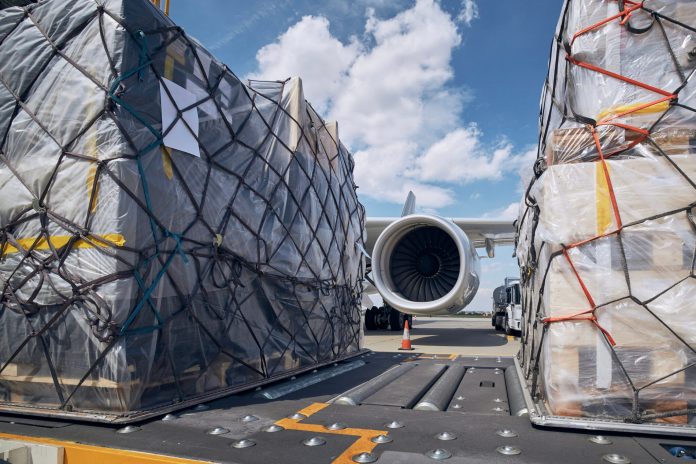Pharma.Aero and The International Air Cargo Association (TIACA) have joined forces on the “Food and Farm for Health” initiative to highlight air cargo’s dual role in improving healthcare access and supporting economic development in low- and middle-income countries.
Developed in collaboration with the Cool Chain Association (CCA) and the Humanitarian Logistics Association (HLA), the project aims to maximize air cargo’s capacity to deliver life-saving medicines while simultaneously creating trade opportunities for local agriculture.
Frank Van Gelder, Secretary General of Pharma.Aero, emphasized the project’s purpose and potential impact:
“The Food and Farm for Health Project is about leveraging air cargo to address two critical needs in low- and middle-income countries: healthcare access and economic empowerment. We recognized a critical gap and initiated this project to use air cargo as a dual-purpose tool—flying in life-saving pharmaceuticals and medical supplies while flying out perishable agricultural products like fruits, vegetables, and flowers from local farmers to Western markets. By utilizing available cargo space on return flights, we create a more cost-effective, efficient trade route. This approach not only ensures faster access to essential medicines and vaccines, but also opens new market opportunities for farmers, boosting local economies and providing better access to international markets.”
Steven Polmans, Chair of TIACA, highlighted the broader significance of the initiative:
“Air cargo is more than a mode of transport—it’s a critical lifeline for economies and communities across the globe. The completion of our Global Market Evolution Analysis marks a major milestone in understanding how perishable goods and pharmaceuticals move, especially in regions where access means everything. From Kenya’s flower exports supporting millions of jobs to India’s seafood sector driving billions in trade, our work confirms that airfreight is a catalyst for opportunity, health, and resilience. As TIACA, we’re committed to building smarter, more equitable supply chains that serve both people and planet. This project is a key step in advancing that vision, and we thank all contributors for bringing their expertise and passion to this important work.”
Bringing together experts in pharmaceutical logistics, humanitarian supply chains, and temperature-sensitive freight, the project will analyze global air cargo movements, assess economic impact, and evaluate alignment with the United Nations Sustainable Development Goals (SDGs).
The initiative supports the collective mission of all four organizations to promote equitable, sustainable access to healthcare and strengthen economic resilience around the world.
Ian Buck, Board Member of the Cool Chain Association, added:
“Partnerships, connections, and balance—as in so many areas of life—are key to the success of this groundbreaking initiative. Aligning healthcare providers in their mission to deliver lifesaving treatments to developing regions, while enabling those regions to economically benefit from exporting perishable products, is the balance we seek. Highlighting those connections and forging partnerships grounded in solid data at both ends of the supply chain can provide access and benefits for all.”
The Humanitarian Logistics Association, a UK-based non-profit founded in 2009, works to enhance the delivery of humanitarian aid by improving logistics coordination, cross-sector learning, and innovation. George Fenton, CEO of HLA, commented:
“The aid sector recognises the need to change but is struggling to bring about transformation through evolution. There is a huge need to find innovative ways to strengthen local supply chain capability. The air cargo industry is vital to the fast delivery of humanitarian aid, yet the last mile is still the greatest challenge. The Food and Farm for Health project will provide valuable insights to support effective, sustainable change through improved cross-sector coordination, collaboration, and knowledge sharing.”


